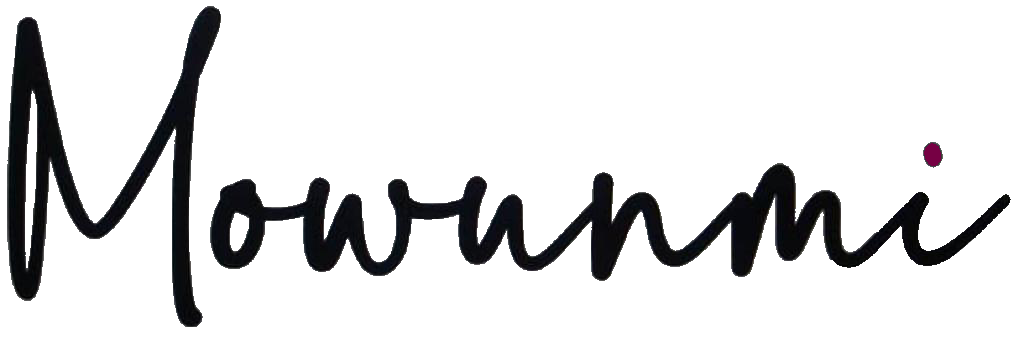This is more a phenomenon than an observation: the friction between those who build technology solutions for enterprises – the developers, and the end-users of the technology.
Many technologies—enterprise resource planning, CRM, process automation, etc.—introduced to enterprises are dead on arrival because the employees find the workings too complex for them to adopt. Those implementing the technologies—the developers—respond with frustration at the employees and write them off as either being too lazy to learn, resistant to new things, or just plain problematic. Thus, coders and users are not able to see eye-to-eye, and this standoff hinders organizations from enjoying the full benefits of digital transformation.
Many don’t like to hear this, but the stance that needs to change is that of the developer. If you have built a beautiful solution that your target users are not able to use, it is up to you to make it easy for them to use. It’s not up to them to become more tech-savvy; it’s up to the technology to become more human-oriented.
How can developers build solutions that are easier to adopt?
First, get closer to your customers (the end-users). We talk a lot about Voice of Customer (VoC) surveys, but many tend to pay lip service to them. Or they convert them to echo chamber sessions by using survey groups that are more tech-savvy than their target population. Give your real customers—the employees—your listening ear. Let them get comfortable asking the seemingly silliest of questions around you, and get used to extracting insights from user feedback to improve your design.
Second, simplify user documentation. Break down the operational procedure to use the tools into steps and use language, colors, and shapes that resonate with what your user is used to in the natural world or with their legacy systems.
Third, have an open mind and be ready to iterate often. Have it in the back of your mind that the first version of the solution you ship out to your users will not be the last. Be willing to get on the journey to continuous improvement to gain better adoption of the innovative solutions you build.




I like this blog is very nice.